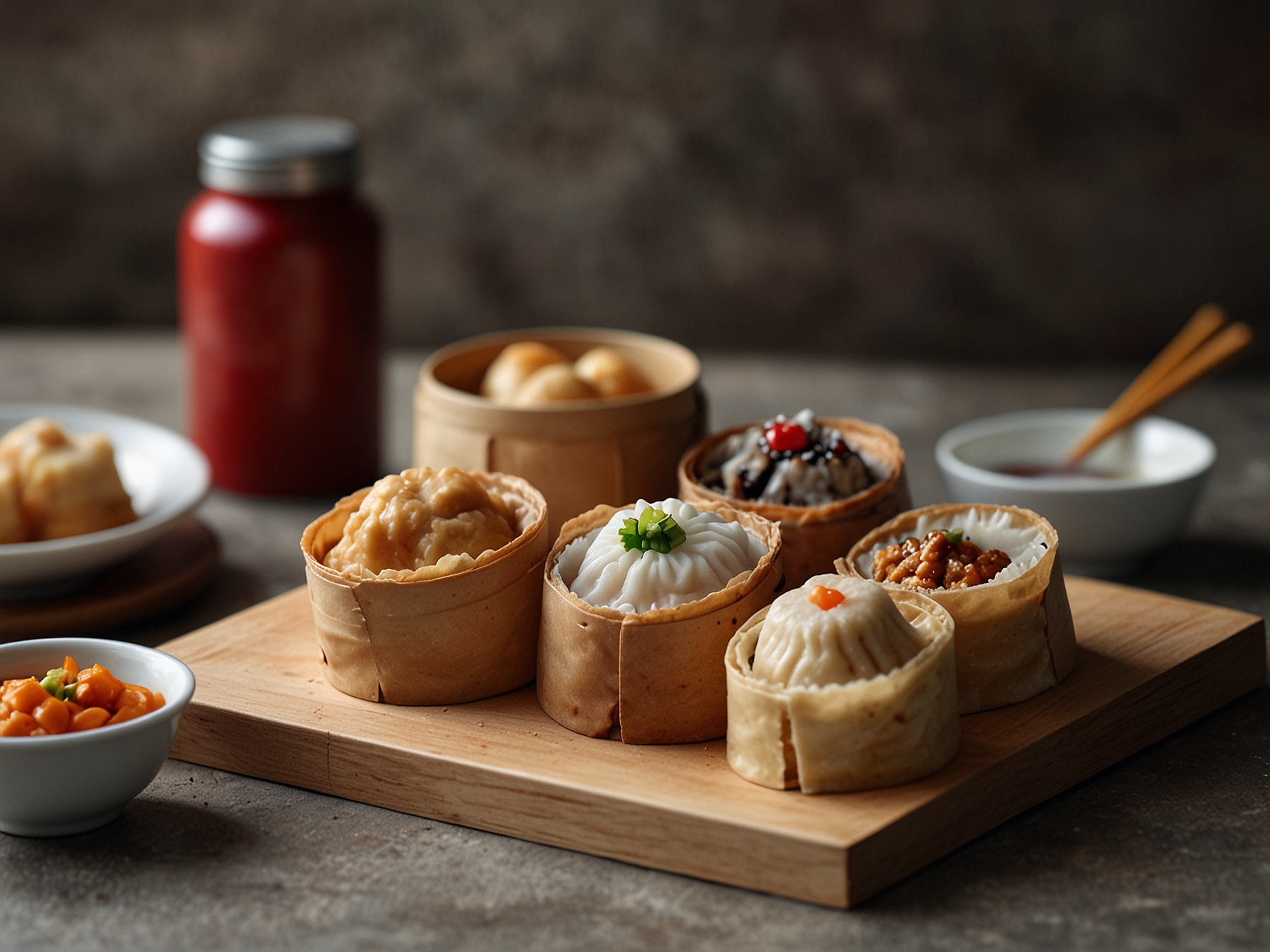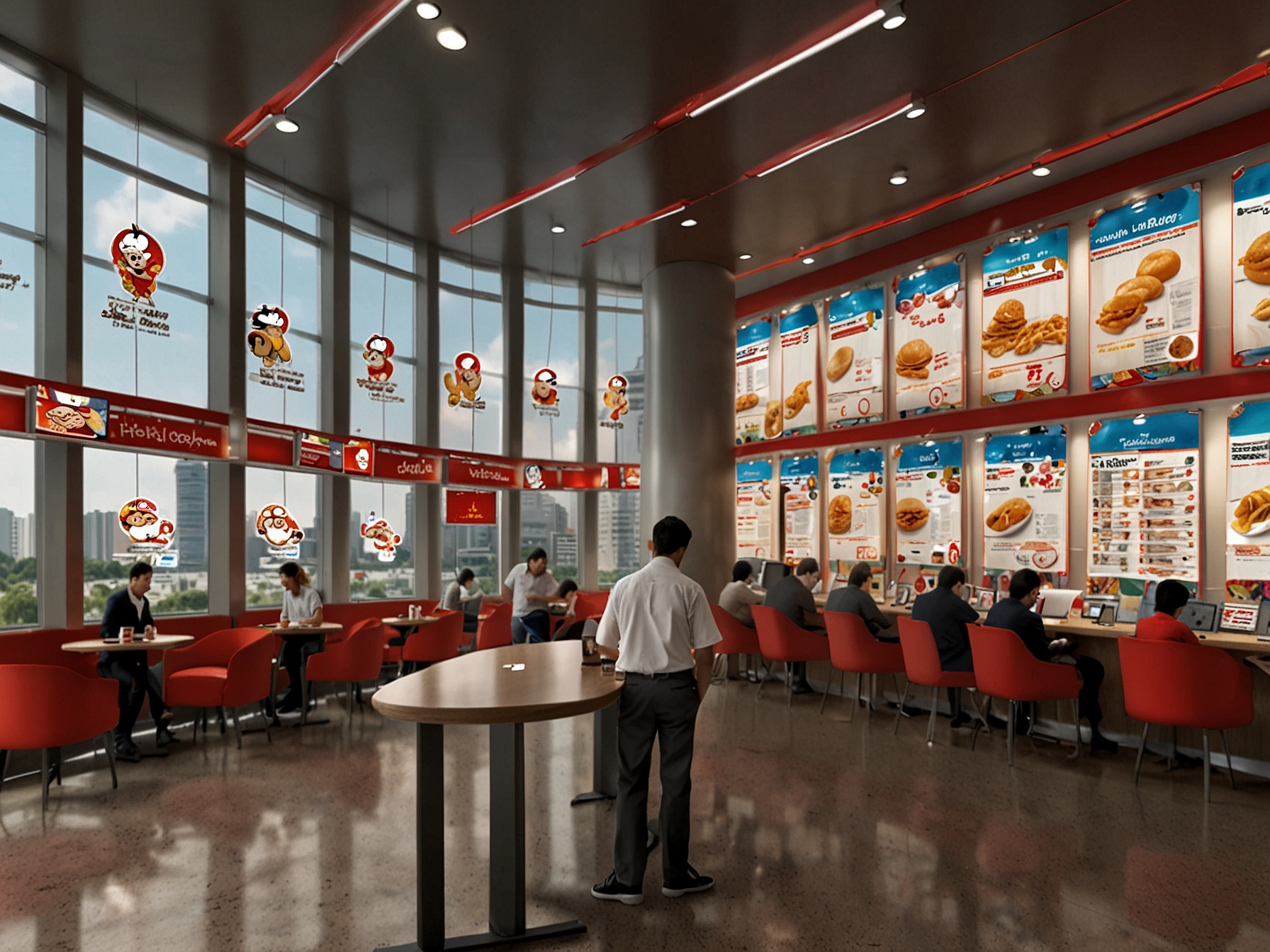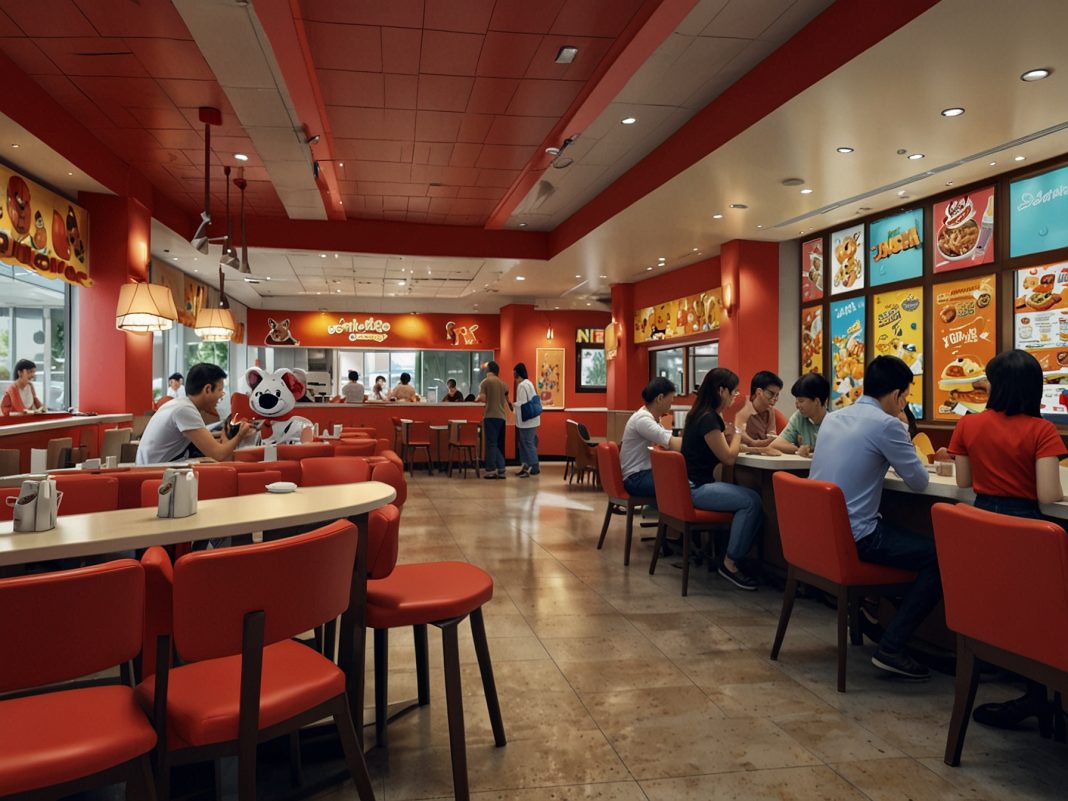Jollibee’s full acquisition of Tim Ho Wan
The world of fast food constantly evolves. Recently, Jollibee made headlines by acquiring Tim Ho Wan. This marks a significant milestone in their expansion journey. Fans wonder, what’s next for these brands?
Exploring the strategic implications of the deal
Why did Jollibee take such a bold step? It’s likely a calculated move to strengthen its foothold in Asia. Tim Ho Wan, famous for its dim sum, brings a unique culinary edge. Jollibee is not just adding another chain; it’s diversifying its offerings significantly.
Consumer reactions to the acquisition

How do customers feel about this merger? Many fans of Tim Ho Wan express excitement. They hope the collaboration will lead to more innovative dishes. However, some worry that the core of what makes Tim Ho Wan special could change.
The importance of cultural adaptation in fast food
What does this acquisition mean for cultural dining experiences? Jollibee must respect Tim Ho Wan’s heritage while enhancing its reach. Balancing these elements is crucial for success. Without this balance, the merger could lose its authenticity.
Future growth potential and challenges
What lies ahead for Jollibee and Tim Ho Wan? Analysts see potential for growth both in revenue and brand equity. Yet, challenges persist in maintaining quality and tradition during expansion. How they navigate these waters will determine their future.
Personal insights: the emotional impact of food

Food connects us in unique ways. When businesses merge, we often fear losing that connection. It’s essential to reflect on what these brands mean to us. Will Jollibee keep the spirit of Tim Ho Wan alive?
Conclusion: What should we expect going forward?
The acquisition is more than a business move; it’s a cultural blend. Anticipation builds for how these two brands will evolve. As consumers, we stay curious about the experiences they will bring to our tables.




